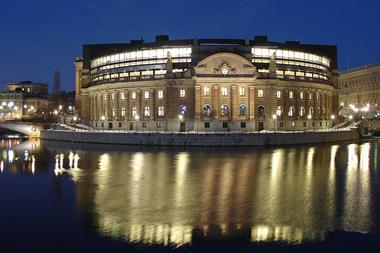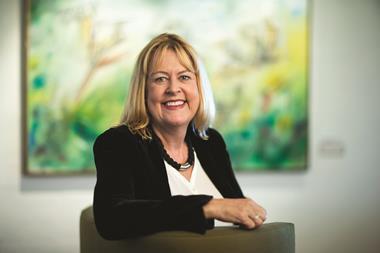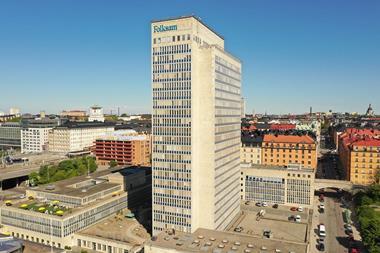Swedish national pensions buffer fund AP3 reported a 9.7% return after costs for 2020 – an investment result just above the 9.6% gain posted by fellow buffer fund AP4 and more than twice the 3.5% return achieved by another of the funds, AP2, 10 days ago.
One of the four main buffer funds backing the income pension – the main component on Sweden’s state or general pension – AP3’s annual report released on Friday revealed listed equities to have accounted for the bulk of the overall return last year.
The asset class, which made up 45.6% of AP3’s total portfolio, generated 15.1% in 2020 as a whole, contributing eight percentage points to the annual return. Within this category, Swedish shares ended the year with a 17.3% return.
Fixed income investments produced 5.1% and alternative investments, which include real estate and infrastructure, generated 9.1%.
Total assets grew over the year to SEK423.0bn (€42.1bn) from SEK393.7bn.
Kerstin Hessius, AP3’s chief executive officer, said in the report: “Since the crisis escalated, AP3’s portfolio has gradually returned better and better than the comparative portfolio LSP [long-term static portfolio], regardless of whether the stock market has declined or risen.”
This showed that both AP3’s active asset management and its diversification had created a much stronger portfolio than a mechanical index portfolio, she said.
In 2020, the LSP – which constitutes the cheapest asset management alternative – returned 6.8%, according to the report.
Hessius said her aim as CEO had been to build a management operation and portfolio that could cope with a serious financial crisis without losing so much capital that the pension system was directly affected.
This was about having a diversified portfolio and skilled management that constantly evaluated risks, she said, and that once a crisis arose, the important thing was to have control.
“The next step in crisis management, which is not discussed as often, is when you should start to see the possibilities again and dare to increase the risk in the portfolio,” she said, adding that this was perhaps the most difficult art but was key for recovery.
AP1 is due to report its 2020 results on Thursday.
SH Pension saw positive results from all asset classes in 2020
SH Pension, the Swedish pension fund for the trade sector, reported an 8.7% return on its average-rate defined contribution scheme in 2020 – above its five-year average of 7.3%.
Annelie Helsing, SH Pension’s CEO, said: “Equities and especially Swedish shares, together with properties, account for a large part of the return.”
She said the good 2020 return was a result of a well-diversified portfolio structure, where all asset classes had contributed positively to the result.
SH Pension said 2020 had meant adjustments and challenges for many, with the pension fund having transformed itself into an occupational pension association (tjänstepensionsförening) under Sweden’s IORP II regulatory framework, through its application for the new status, as well as operational adjustments.
Kyrkans Pension solvency ticks higher
Kyrkans Pension, the Swedish Church pension fund, posted a 5.6% investment return for 2020, with total assets rising to SEK21.9bn from SEK20.8bn.
In a brief statement on its key 2020 figures, the pension fund said its solvency ratio increased to 198% during the year from 194% at the end of 2019.
Kyrkans Pension has also converted to an IORP II entity during 2020, and changed its name from Kyrkans Pensionskassa.
Looking for IPE’s latest magazine? Read the digital edition here.










No comments yet